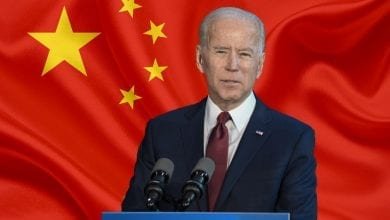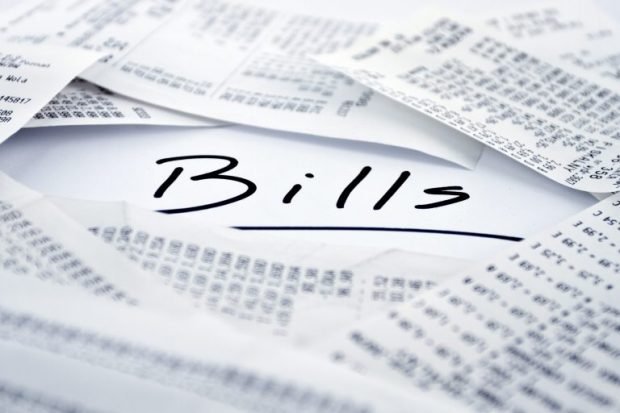Tort litigation costly to business and consumers
American business is suffering under a torrent of tort litigation. According to one estimate from the U.S. Chamber Institute for Legal Reform (ILR), the U.S. tort system’s commercial liability costs totaled $343 billion in 2018 alone. This staggering number which has been on the rise over the last few years – commercial liability costs increased 14 percent from 2016-2018 alone – demonstrates the gravity of the problem.
The sheer size of these dollar figures demonstrates how class action lawsuits have become a big business for trial attorneys. The “tort-industrial complex” has spent years carefully crafting a legal ecosystem that works to their favor by extracting big paydays from American businesses. While the whole situation screams out for Congressional reform, these things take time and short-term solutions will be needed in the interim.
Not surprisingly, companies have turned to novel legal strategies to protect themselves from these exaggerated claims. The tort bar, as well as their allies in Congress and the media, have predictably ramped up their outrage machine, coming out hard against legal strategies that aim to beat trial lawyers at their own game. This outrage itself is merely a distraction though and policymakers should not let it obscure the fact that trial lawyers have abused our existing tort system to increase costs for consumers and harm shareholder value.
The trial bar engages in an array of tactics and strategies to amplify their skewed arguments and narratives. Outside groups, usually with innocuous or bipartisan sounding names, are often enlisted to draw attention to class action lawsuits and to provide these cases with an air of legitimacy. Engaging third party marketing firms to run ads that distort public opinion in favor of mass tort litigation is also a favorite tactic of the plaintiffs’ bar. In both cases, millions of dollars are spent every year gaming the American tort system.
More recently, the plaintiffs’ bar has found ways to use the offices of some state Attorneys General to advance their agenda. Through a network of “special assistants” paid for by outside charities and strategically placed in A.G. offices around the country, tort lawyers have effectively created a nationwide network of “advisors” on issues like corporate environmental liabilities that have moved these offices to act on their behalf. The end result has been a flurry of lawsuits attempting to hold critical energy industries liable for the purported effects of climate change that, as I have previously written, are harming local economies and may very well be contributing in part to the high gas prices we are experiencing today.
Ultimately, all of this adds up to a legal system where the deck is stacked against American businesses in the courtroom. Companies are now fighting back in an attempt to level the playing field.
An emerging legal strategy known as the “Texas Two-Step” seeks to allow targeted entities to protect the interests of their stakeholders by minimizing the legal liabilities inflated by the trial bar. The concept is simple, but the results have been powerful.
Under the Texas Business Organizations Code, a company can split itself into two entities. For those facing a large class action lawsuit, this means one entity will be created to receive all of the liabilities as well as limited assets for tort claimants, while the other larger entity is created to insulate itself and the majority of corporate assets from the liabilities of the mass tort litigation. The new, smaller company, which does not have enough assets to cover the inflated liabilities of the tort litigation, can then file for bankruptcy. This immediately shifts the case jurisdiction from civil to bankruptcy court, helping to bring an end to years of ongoing litigation. It also allows the company in question time to reorganize its legal posture and resume producing value for American consumers and investors.
A recent example of this is Johnson & Johnson’s divisive merger which took place in 2021 in an attempt to resolve 38,000 pending cases regarding its famous baby powder product. Investment analysts are now predicting that other businesses facing similar mass claims litigation may likewise pursue such moves, to encourage settlement negotiations and to put their companies back on surer footing.
At the end of the day, too many businesses today are currently wrongly accused by trial attorneys who are abusing the tort system to score big paydays. No one is saying that companies shouldn’t be held accountable for product safety or negligence, but businesses acting in good faith to defend themselves with novel legal strategies should not be demonized. Ultimately, we need sensible tort reform and new legal measures for defendants to end this systematic abuse of the American legal system. Your dance Congress.
Agree/Disagree with the author(s)? Let them know in the comments below and be heard by 10’s of thousands of CDN readers each day!




